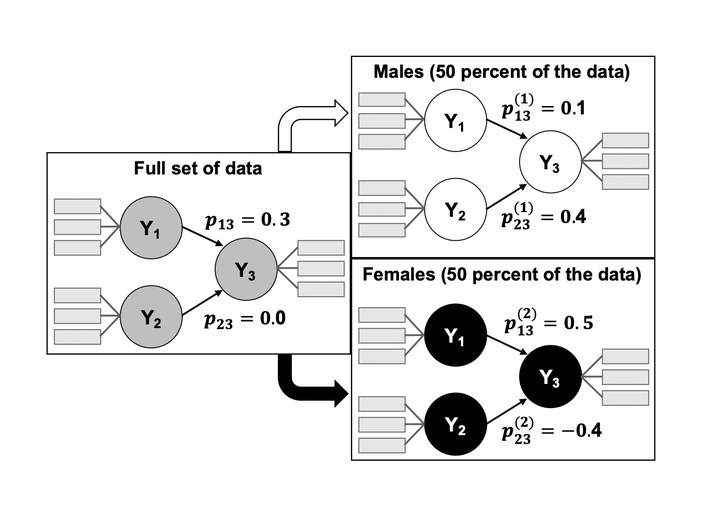
Observed and Unobserved Heterogeneity
Learn about the two types of heterogeneity
In this short lecture, we briefly discuss an advanced topic in PLS-SEM: The role and treatment of observed and unobserved heterogeneity. Specifically, we introduce the concept of multigroup analysis, contrast it with the analysis of interaction effects, and highlight the role of measurement invariance assessment. We also briefly discuss latent class analysis as a means to identify and treat unobserved heterogeneity. The full lecture "PLS-SEM: A comprehensive introduction" discusses each of these topics in detail and gives concrete recommendations on how to implement corresponding analyses in PLS-SEM.
Key benefits
- 10-minute sample video discussing the role and treatment of observed and unobserved heterogeneity in PLS-SEM
- Offers guidance regarding the right choice of method when heterogeneity is a concern
- Highlights the role of measurement invariance assessment in PLS-SEM
Your Instructor

Christian M. Ringle is a Chaired Professor and the Director of the Institute of Management and Decision Sciences at the Hamburg University of Technology (Germany) and an Adjunct Professor at the James Cook University (Australia). His research focuses on management and marketing topics, method development, business analytics, machine learning, and the application of business research methods to decision-making. His contributions have been published in journals such as Decision Sciences, European Journal of Marketing, International Journal of Research in Marketing, Information Systems Research, Journal of Business Research, Journal of Service Research, Journal of the Academy of Marketing Science, Long Range Planning, and MIS Quarterly. Since 2018, Christian has been included in the Clarivate Analytics' Highly Researchers list. He regularly teaches doctoral seminars on business analytics and multivariate analysis methods worldwide (e.g., on CB-SEM and PLS-SEM). He is a co-developer and cofounder of the statistical software SmartPLS. More information: https://www.tuhh.de/mds/team/prof-dr-c-m-ringle
